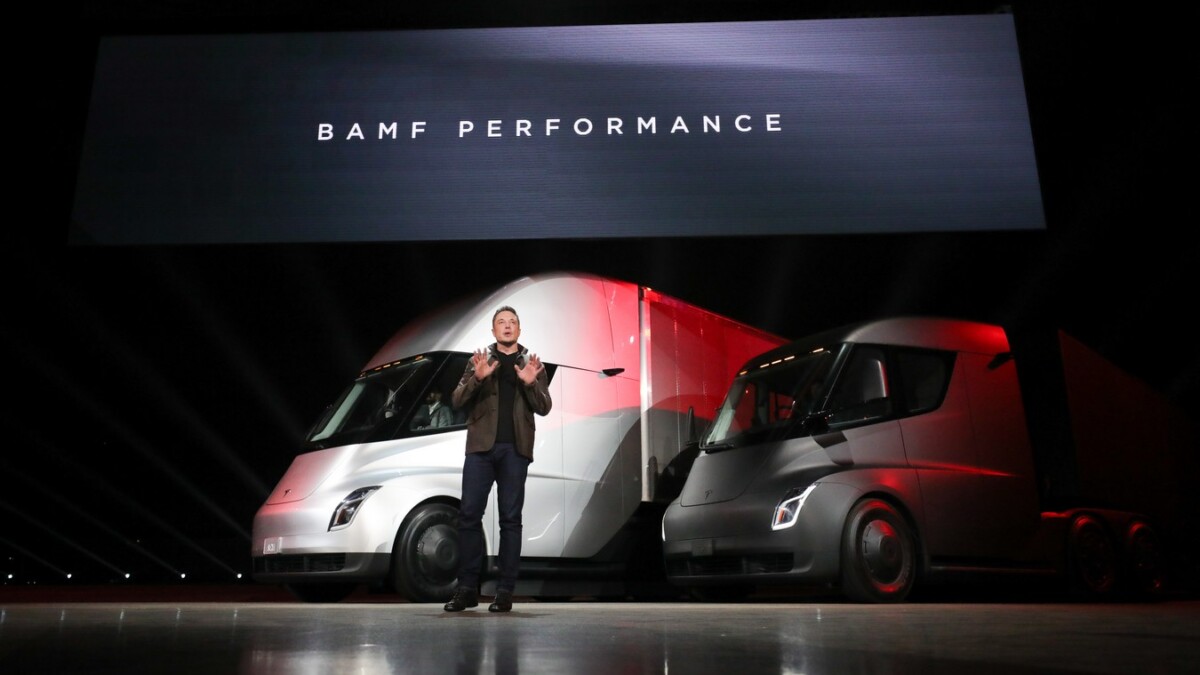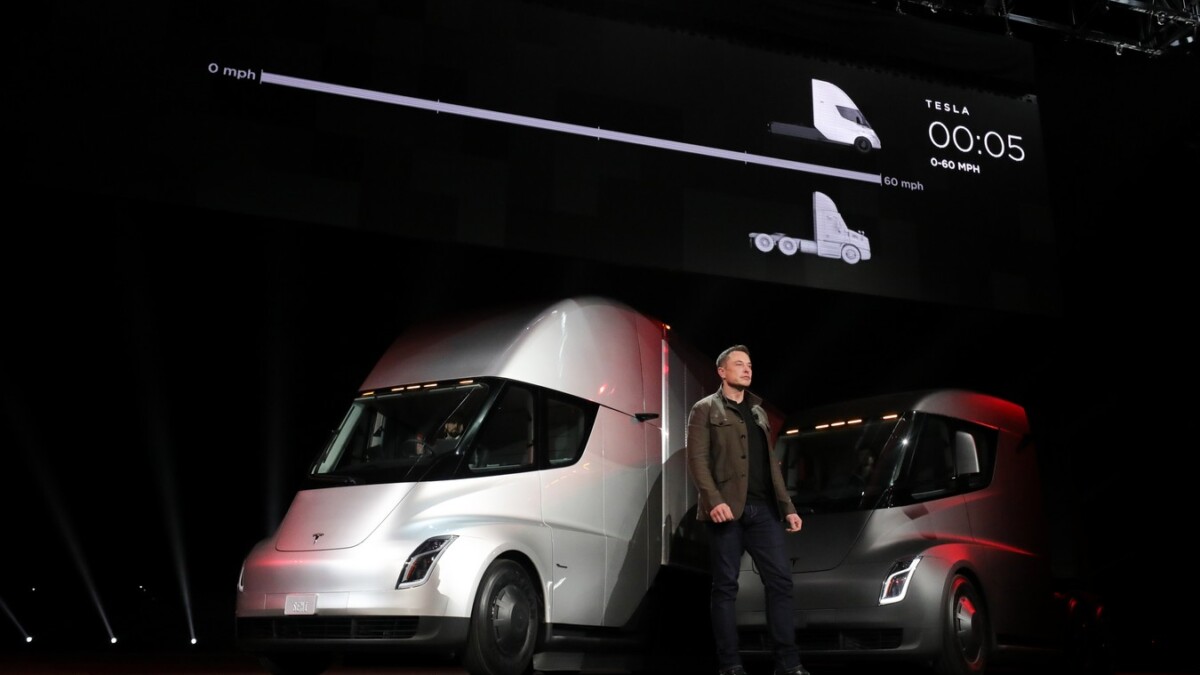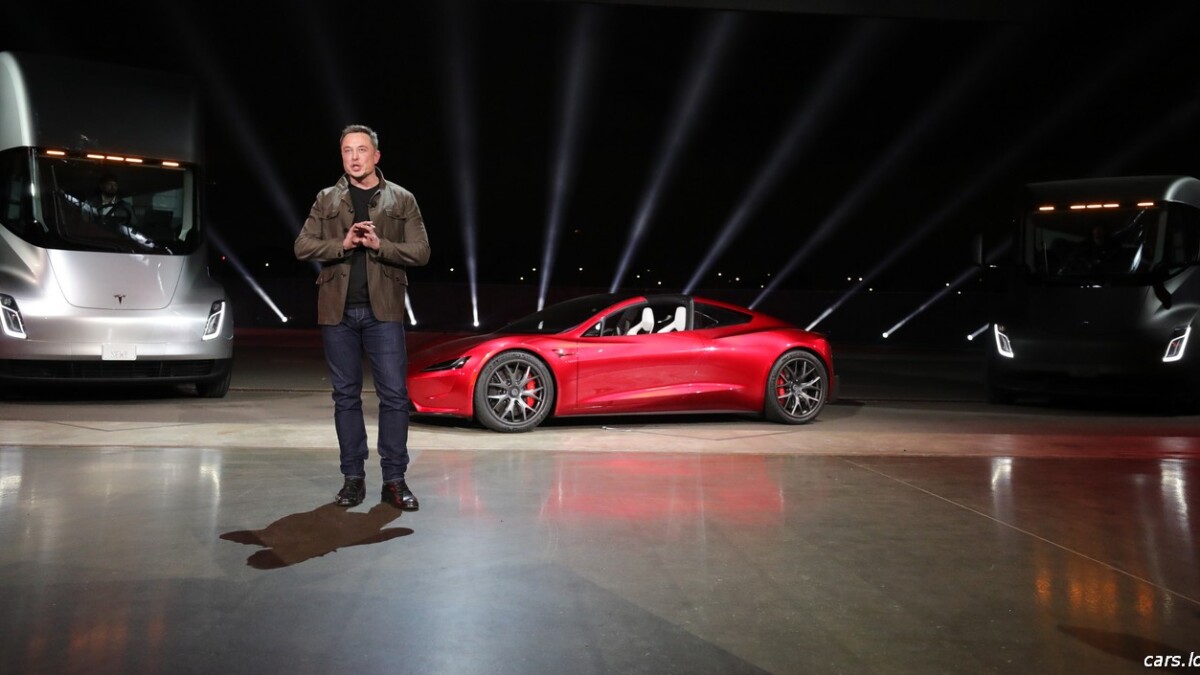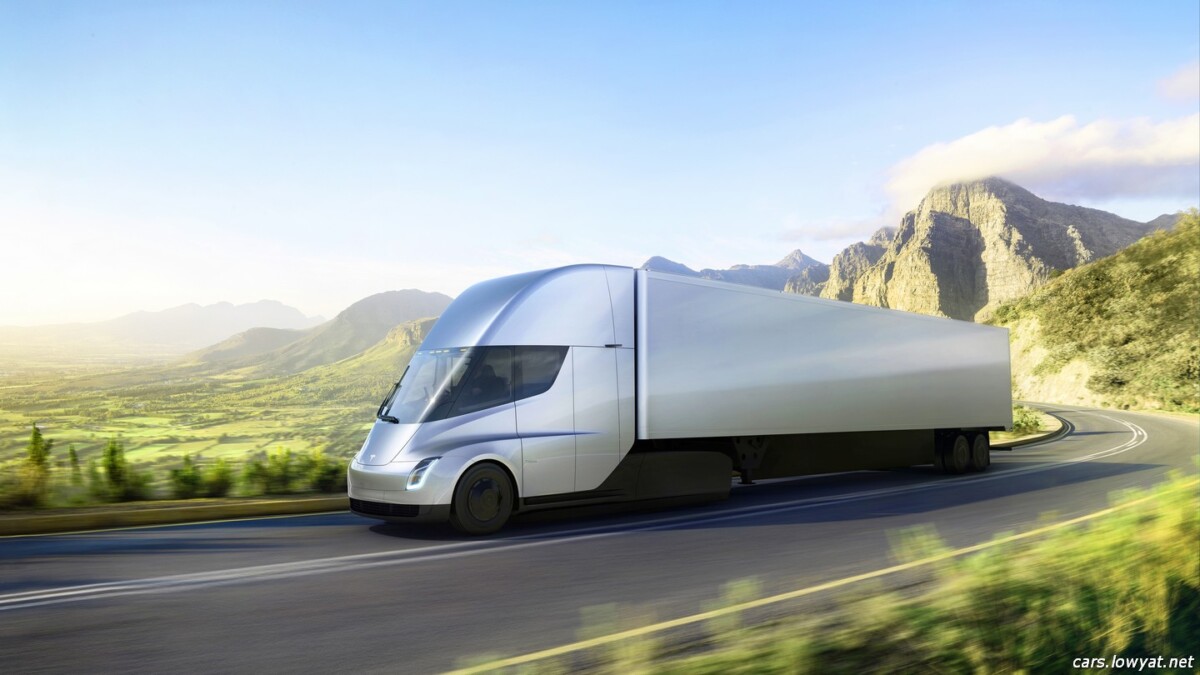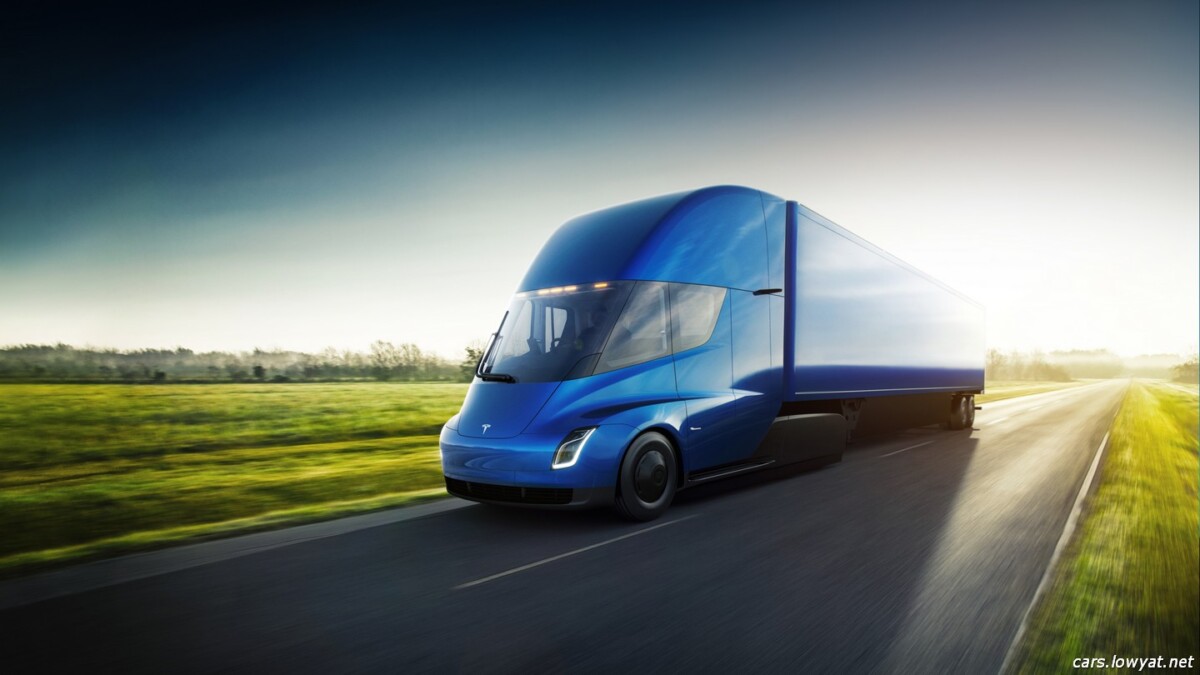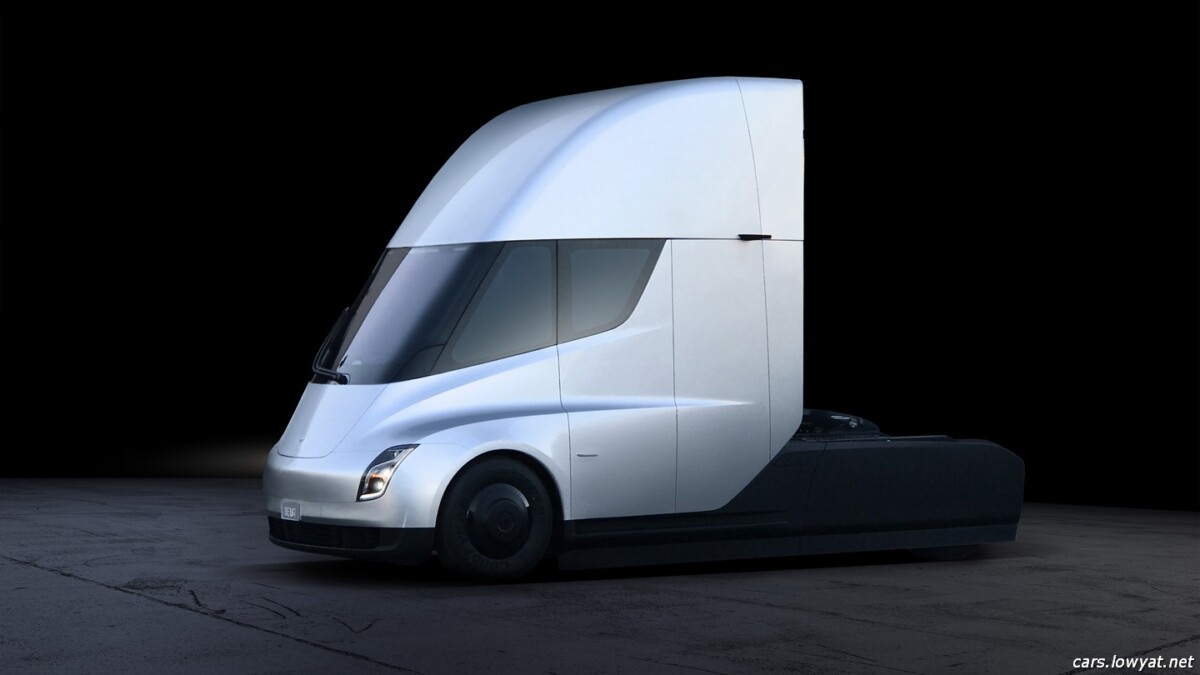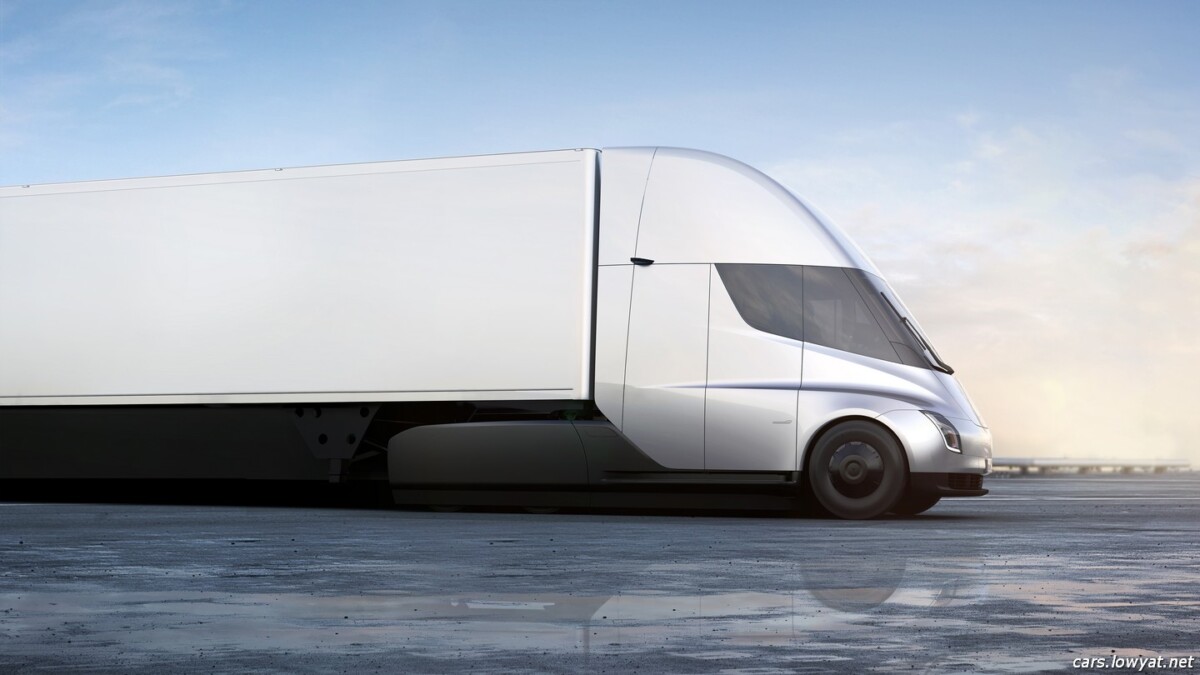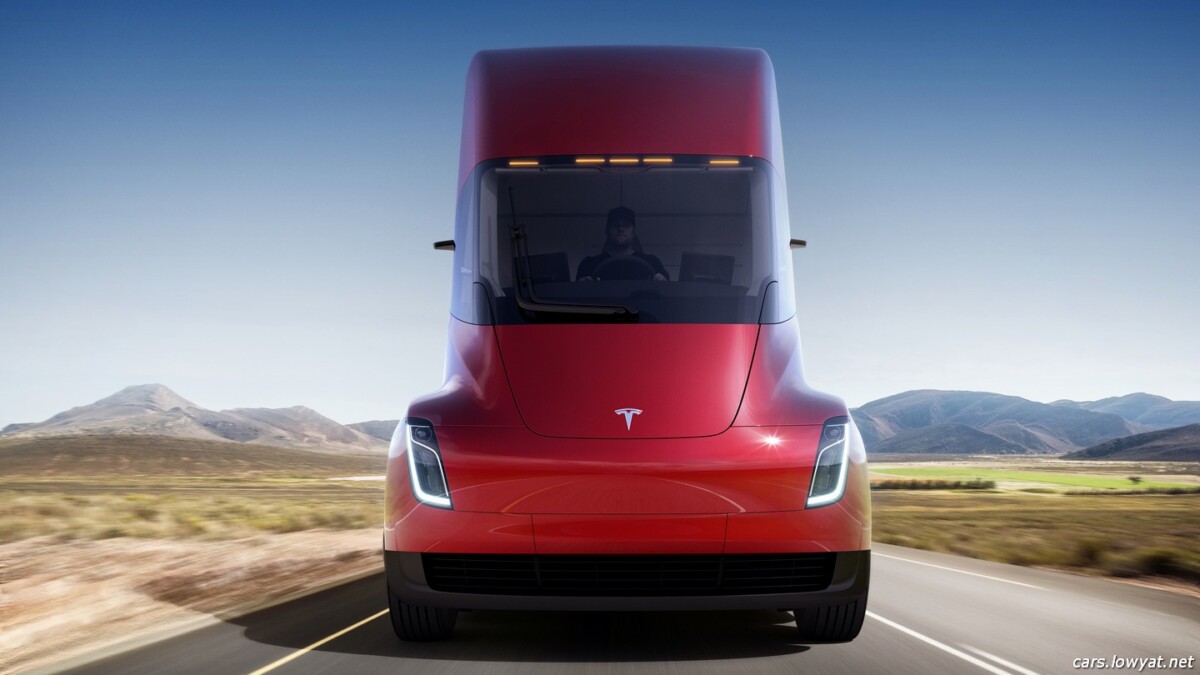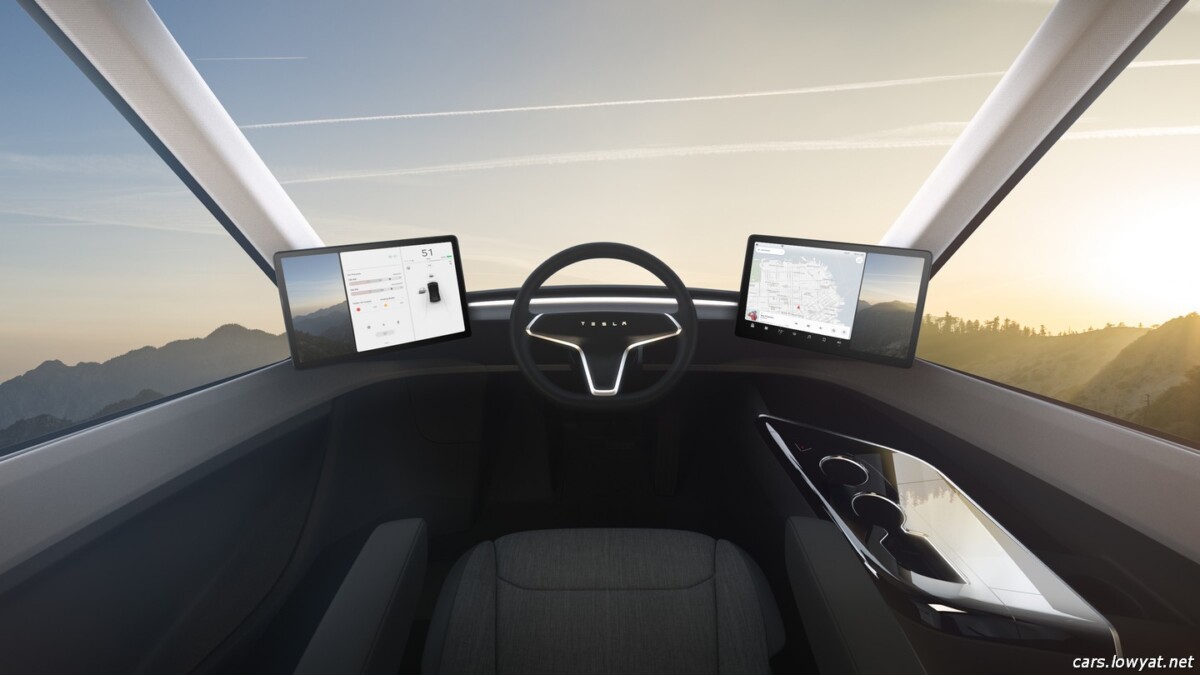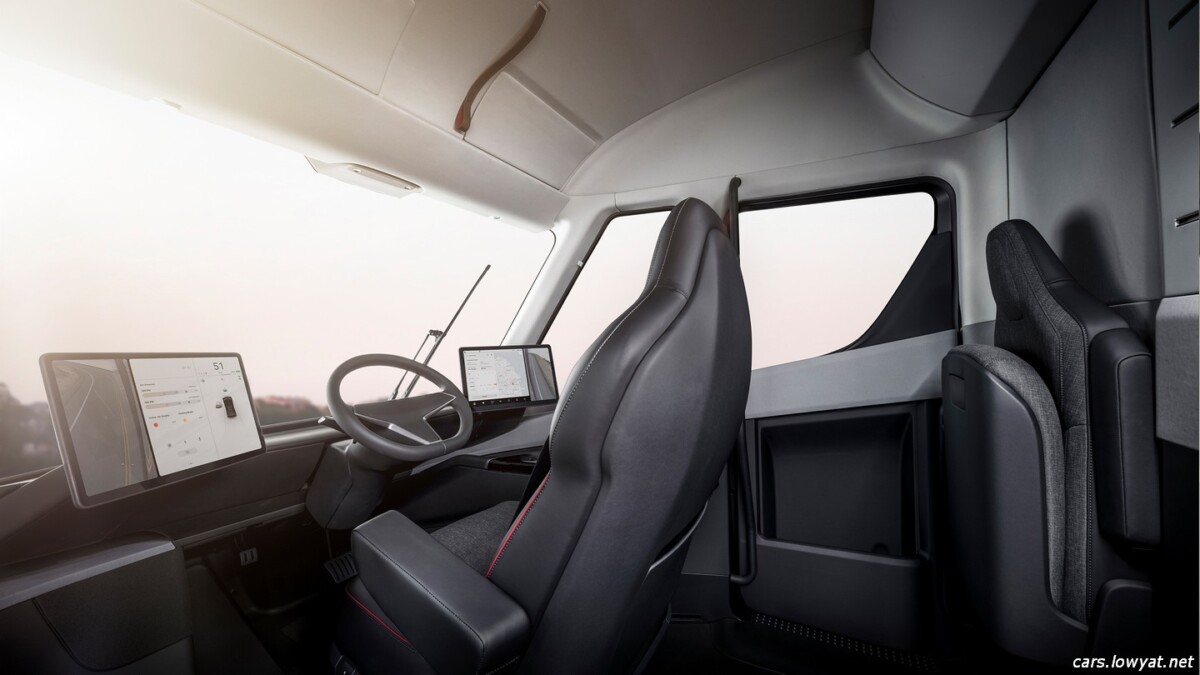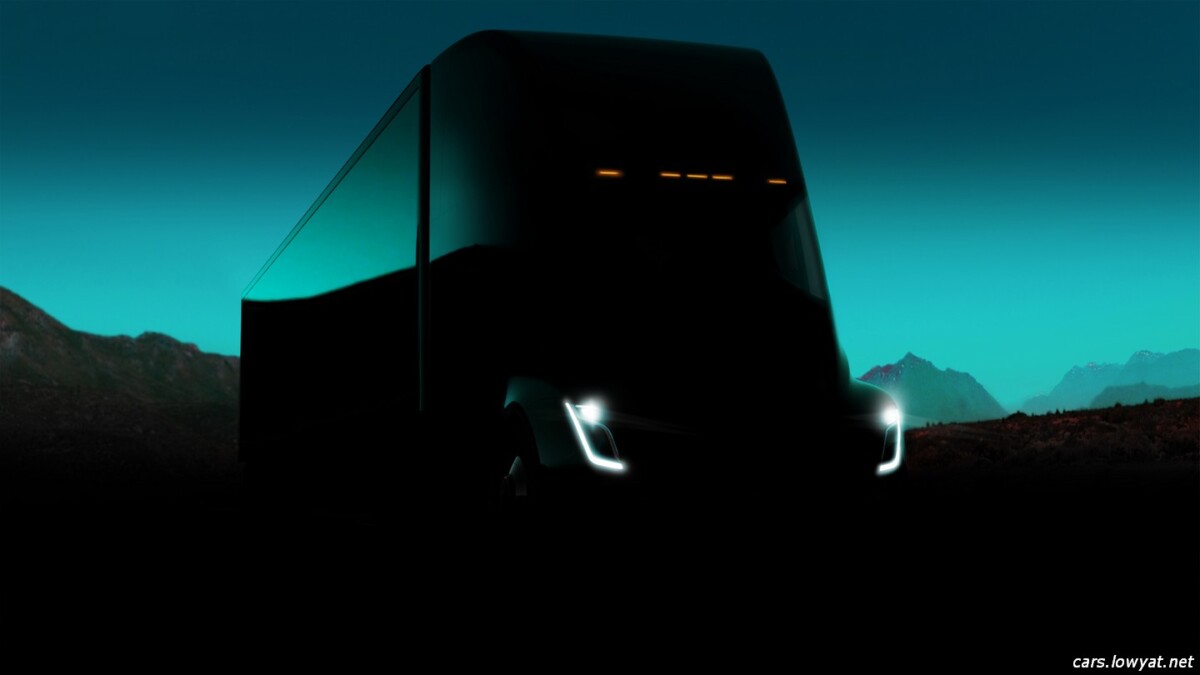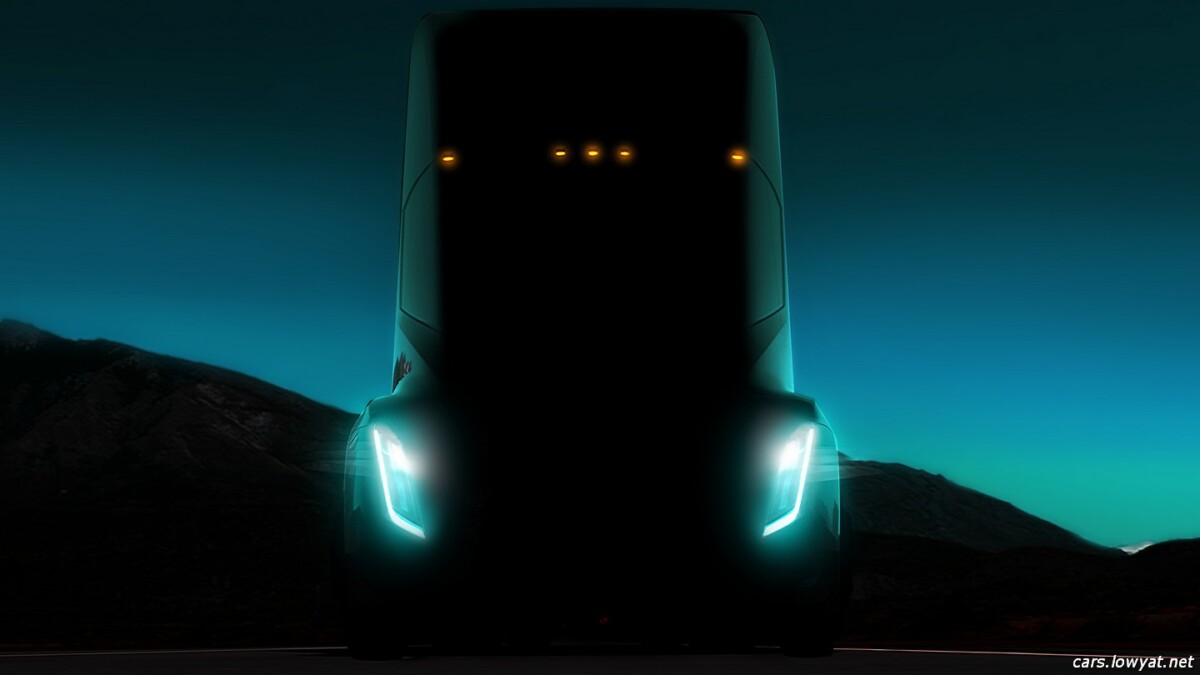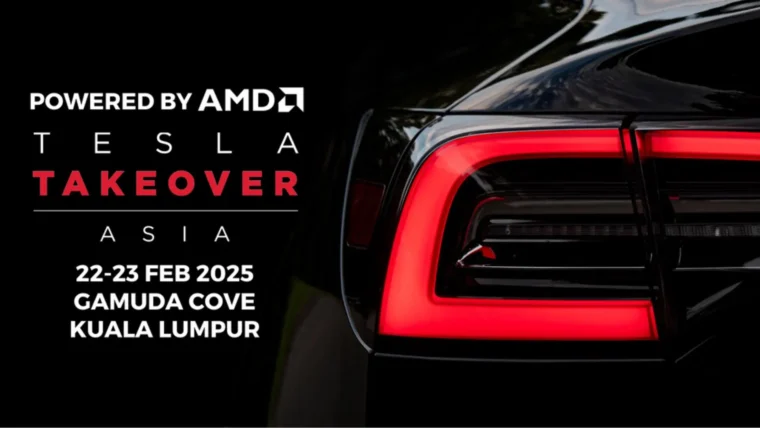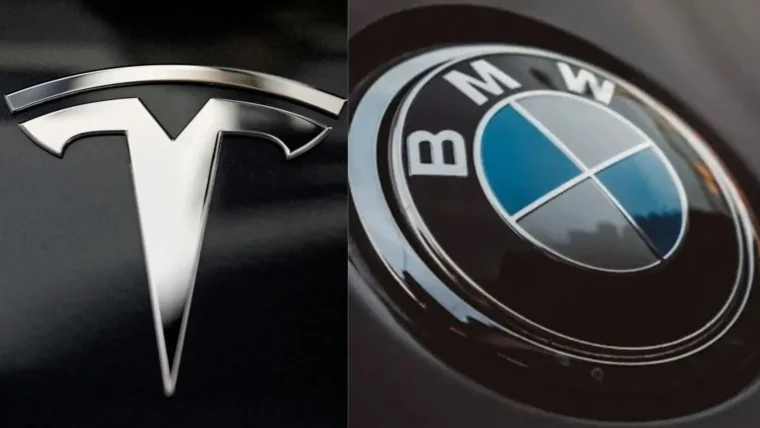If you remember the movie, Logan, starring Hugh Jackman as Wolverine, what I always remembered wasn’t the gore and the sad life Wolverine and Professor X had to endure at the end. It was something a little bit more interesting, something which led to the demise of the mutants. No, not the corn syrup but the vehicles transporting them. Yes, autonomous electric trucks. Here’s Elon Musk himself introducing the truck at Tesla’s headquarters…
https://www.youtube.com/watch?v=nONx_dgr55I
Actually, I wasn’t sure if they were electric but it does give a glimpse of what the future would look like. Autonomous vehicles would take charge of the logistical nightmares of transporting goods over long distances and thanks to technology, 24/7 as well. That is what I see Elon Musk trying to bring his latest unveiling, the electric semi.

Here is the electric semi in a nutshell. Without a trailer, the Tesla Semi achieves 0-60 mph in five seconds, compared to 15 seconds in a comparable diesel truck. It does 0-60 mph in 20 seconds with a full 80,000-pound load, a task that takes a diesel truck about a minute. Most notably for truck drivers and other travellers on the road, it climbs 5% grades at a steady 65 mph, whereas a diesel truck maxes out at 45 mph on a 5% grade.

The Tesla Semi requires no shifting or clutching for smooth acceleration and deceleration, and its regenerative braking recovers 98% of kinetic energy to the battery, giving it a basically infinite brake life. Overall, the Semi is more responsive, covers more miles than a diesel truck in the same amount of time, and more safely integrates with passenger car traffic.

Unlike other trucks, the Semi’s cabin is designed specifically around the driver, featuring unobstructed stairs for easier entry and exit, full standing room inside, and a centred driver position for optimal visibility. Two touchscreen displays positioned symmetrically on both sides of the driver provide easy access to navigation, blind spot monitoring and electronic data logging. Built-in connectivity integrates directly with a fleet’s management system to support routing and scheduling, and remote monitoring. Diesel trucks today currently require several third-party devices for similar functionality.

Megachargers, a new high-speed DC charging solution, will add about 400 miles in 30 minutes and can be installed at origin or destination points and along heavily trafficked routes, enabling recharging during loading, unloading, and driver breaks.

The Tesla Semi’s all-electric architecture is designed to have a higher safety standard than any other heavy-duty truck on the market, with a reinforced battery that shields the Semi from impact and gives it an exceptionally low center of gravity. Its windshield is made of impact resistant glass. Jackknifing is prevented due to the Semi’s onboard sensors that detect instability and react with positive or negative torque to each wheel while independently actuating all brakes. The surround cameras aid object detection and minimize blind spots, automatically alerting the driver to safety hazards and obstacles. With Enhanced Autopilot, the Tesla Semi features Automatic Emergency Braking, Automatic Lane Keeping, Lane Departure Warning, and event recording.
Tesla Semi can also travel in a convoy, where one or several Semi trucks will be able to autonomously follow a lead Semi.

With far fewer moving parts than a diesel truck – no engine, transmission, after-treatment system or differentials to upkeep – the Tesla Semi requires significantly less maintenance. Its battery is similar in composition to the batteries of Tesla energy products and is designed to support repeated charging cycles for over a million miles, while its motors are derived from the motors used in Model 3 and have been validated to last more than one million miles under the most demanding conditions.

Overall, expect to see the success of the electric semi because of the dream of a fleet of logistics vehicles with less moving parts and low maintenance cost, is something that major players require. So much so that several supermarket chains have already pre-ordered the electric semi, chains such as Walmart (pre-ordered 15) and Loblaw (pre-ordered 25).
Other posts by Mark Leo


